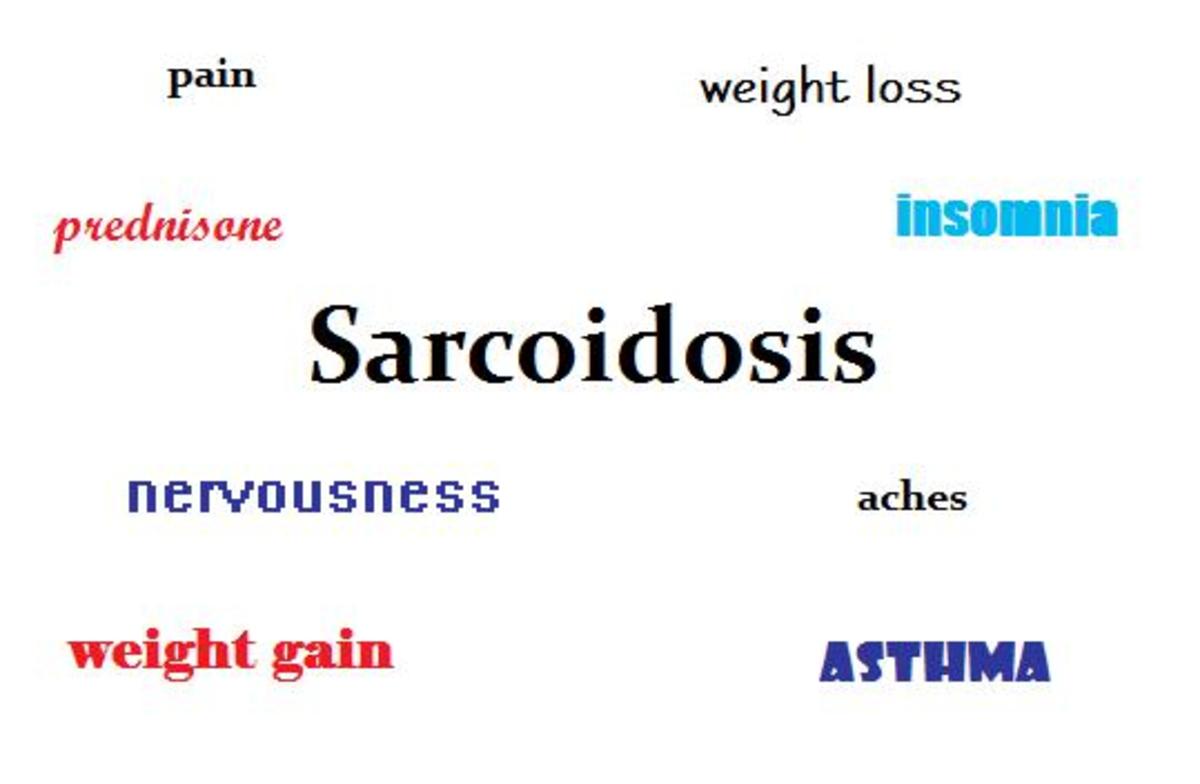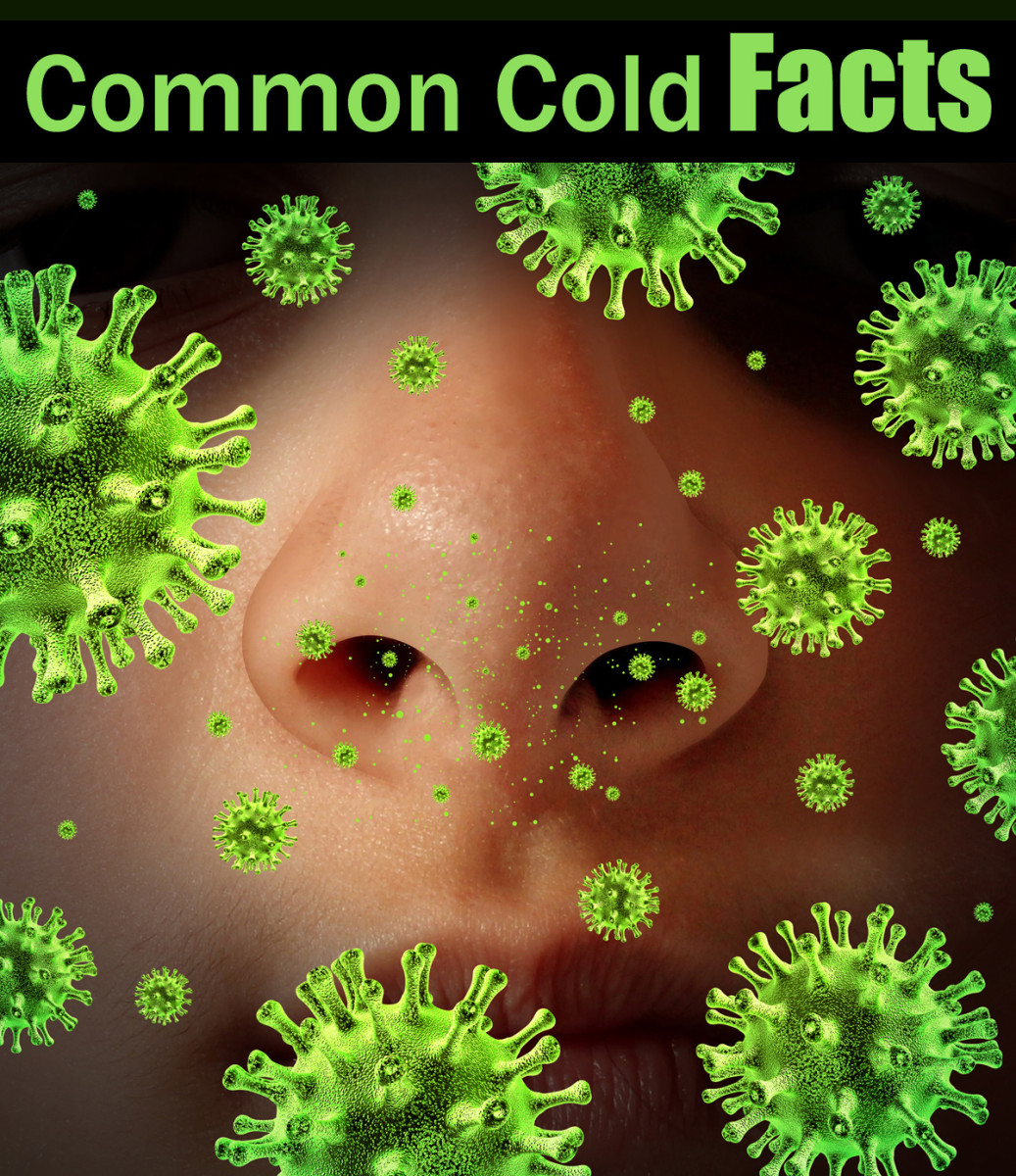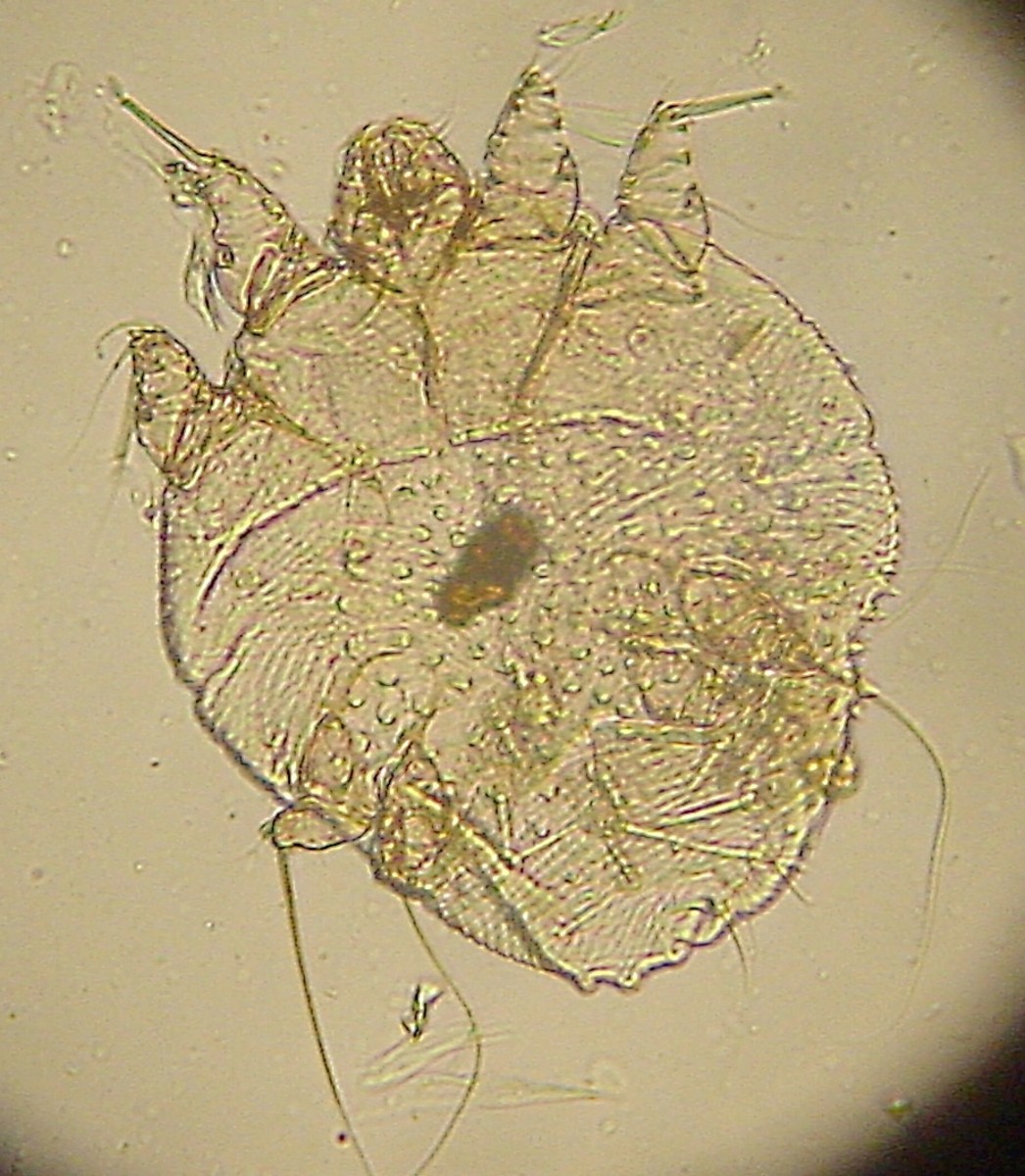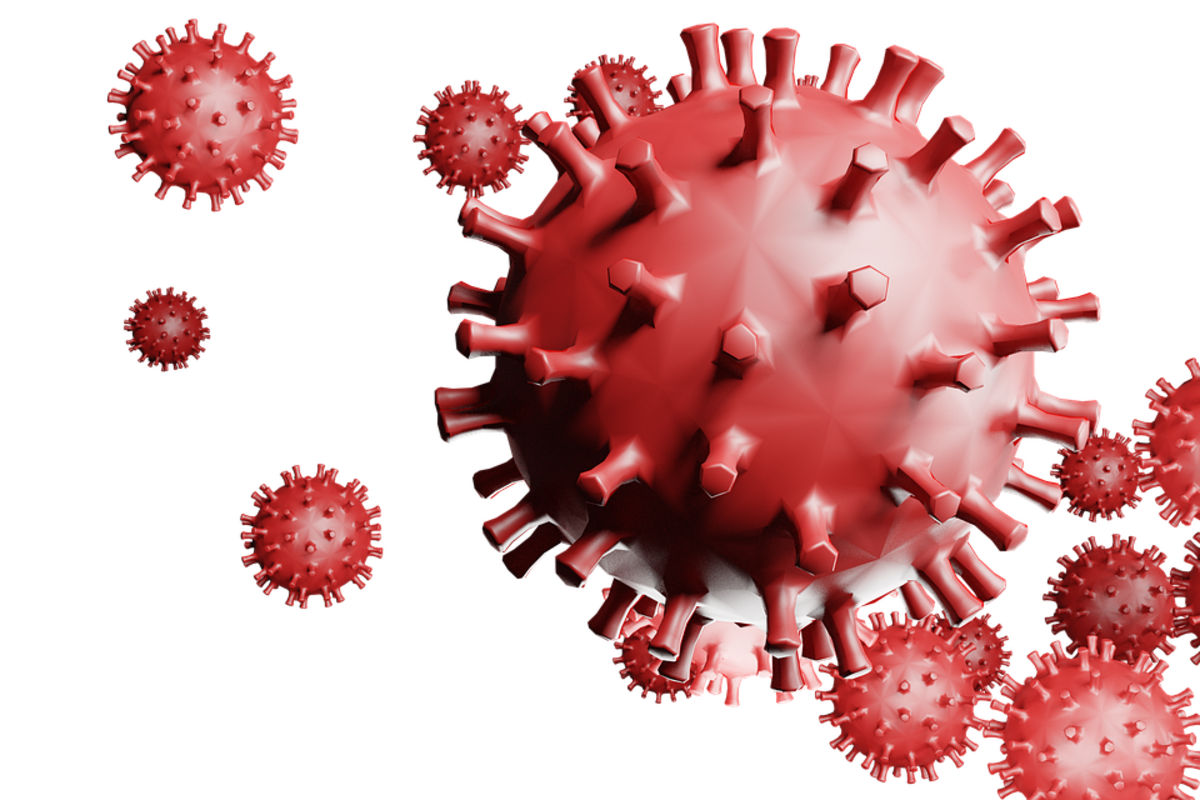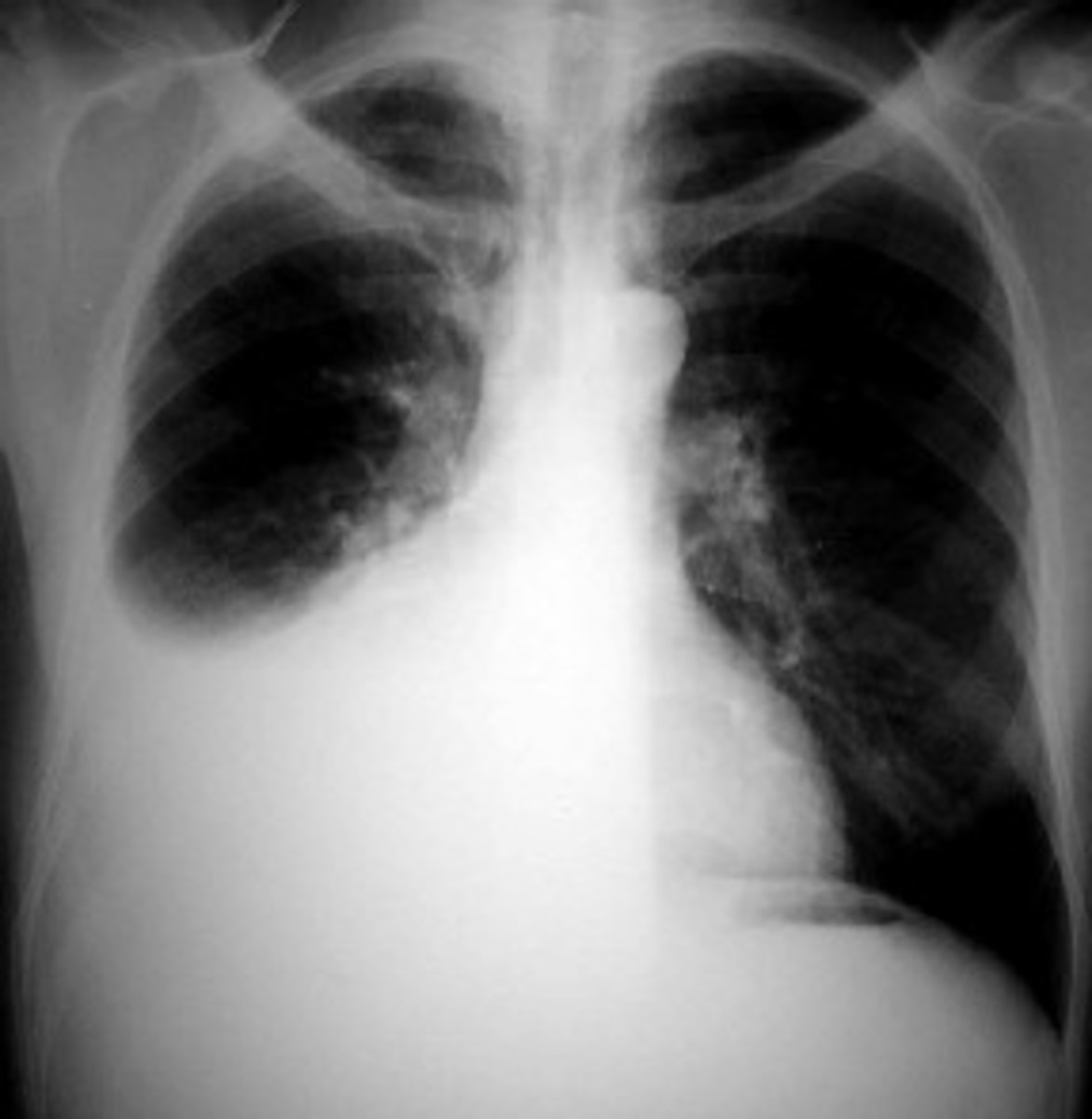A Look at The Common Cold
Defense Systems
Though the average person gets two to three head colds in a season, she or he is not infected with the same virus more than once. Why are the symptoms of a cold remarkably similar every time? To answer this question we must first look at the body’s defense systems. The human body has three lines of defense against disease-causing pathogens. The first line of defense consists of barriers, such as skin and mucous membranes, which physically prevent pathogens from entering the body. The second line of defense is composed of various nonspecific cellular activities involving interferons, plasma proteins that form the complement system, natural killer cells (one kind of white blood cell), phagocytes (scavenger cells that consume cellular debris), and the inflammatory response. Both of these lines of defense involve nonspecific resistance, that is, they operate in the same manner regardless of the type of pathogen involved (Postlethwait and Hopson, 2003).

Rhinoviruses
The common cold is caused by one of over 200 different viruses. Rhinoviruses are one of the more common viruses and account for 30 to 35 percent of all colds affecting adults (National Institute of Allergy and Infectious Diseases, 2001). Cold symptoms are universally similar because of the effects of the human body’s nonspecific resistance to disease. A rhinovirus usually enters the nasal passage and breaches the body’s first line of defense by entering through the nasal membrane. The virus takes over local cells in the nasal membrane and causes them to replicate more virus cells. Eventually some of the nasal membrane cells burst and die, releasing inflammation mediators that stimulate the body’s inflammation response. Inflammation mediators are composed of complement proteins, prostaglandin hormones, and cytokine proteins. These mediators direct phagocytes to the effected area to attack the virus and remove cellular debris (Postlethwait and Hopson, 2003).
Histamine and Heparin
Inflammation mediators also cause mast cells located in the mucous membranes and the connective tissue of the dermis to release histamine and heparin. Histamine attaches to local capillaries causing them to dilate and leak, which produces swelling, redness, and nasal congestion. (Many cold medications contain antihistamines that are designed to limit the inflammatory effects of histamine). Heparin binds to AT3 (a protein that inhibits blood clotting) to reduce the likelihood of the formation of a blood clot. Additionally, inflammation mediators cause mucous glands to secrete more mucous to flush away debris, which in turn causes the familiar cold symptoms of coughing, sneezing, and nose blowing. Mucus secretion is also stimulated by prostaglandins, which also cause bronchiole constriction, and elevated body temperature. Cytokines are usually responsible for producing inflammation in the throat (Postlethwait and Hopson, 2003).
Can you get the same cold more than once?
Never the Same Cold Twice!
The good news about having a cold is that you will most likely never get sick from the same cold virus again. This happens because of the immunologic memory of the body’s immune system. The body makes antibodies to fight disease pathogens within the body, but it keeps a blueprint of how to make these antibodies. When a disease enters the body, the immune system determines if it is a new or previously encountered pathogen. If it is new, the body learns how to make antibodies to fight the new pathogen, and then releases the antibodies to do their work. If the body has already encountered the disease pathogen sometime in the past, the immune system releases antibodies that it already has to fight the disease, and starts to mass-produce more of the same antibody. In this case, the disease cannot get a foothold in the body and we do not get sick (Postlethwait and Hopson, 2003).
References
National Institute of Allergy and Infectious Diseases. (2001). Health Matters: The Common Cold. Bethesda, MD: author. http://www.niaid.nih.gov/factsheets/cold.htm
Postlethwait, J. and Hopson, (2003). Explore Life. Pacific Grove, CA: Brooks/Cole.
This content is accurate and true to the best of the author’s knowledge and does not substitute for diagnosis, prognosis, treatment, prescription, and/or dietary advice from a licensed health professional. Drugs, supplements, and natural remedies may have dangerous side effects. If pregnant or nursing, consult with a qualified provider on an individual basis. Seek immediate help if you are experiencing a medical emergency.
© 2015 Rosa Malaga



